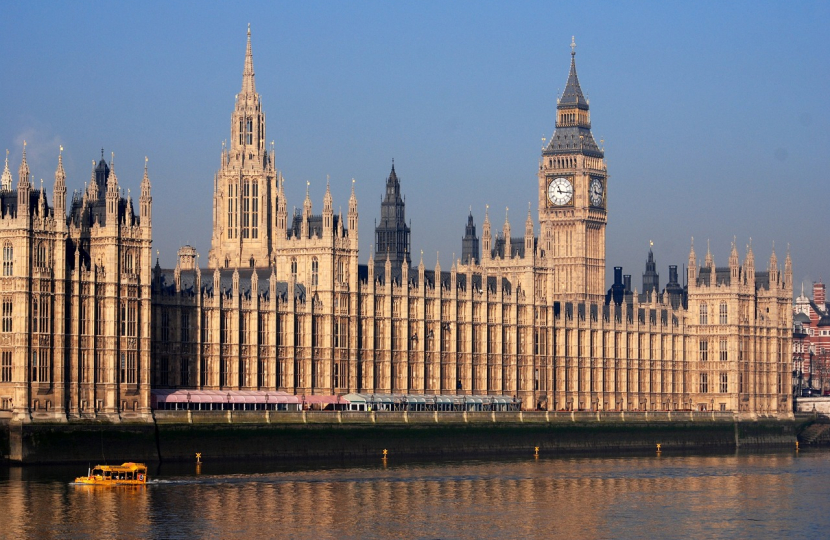
In my article this week I explain the recent boundary changes and what this means for East Hampshire residents...
This summer, the future lines of political contest were redrawn. The Boundary Commission has published a new parliamentary constituency map, following public consultation and debate over the last two years.
Boundaries separating constituencies are being moved, in some cases very slightly, in others more dramatically, to make the constituencies roughly the same size in terms of the number of eligible voters.
This is a process that has been happening periodically since 1944 to take into account significant shifts in population in different parts of the country.
Changing the boundaries is done to ensure fairness across the piece and means that you avoid a situation where one MP could represent a much larger or smaller number of voters than another.
The changes for in and around East Hampshire are significant. This is not so much because of there having been a major population imbalance in the East Hampshire constituency itself, but largely because of the cascade effect of changes having to be made elsewhere.
There are three entities – the current parliamentary constituency, a new constituency, and a District Council area – all with the same name, East Hampshire, but each with a different footprint. You can see that there is some potential for confusion.
The constituency it is my honour currently to represent will not exist in its present form from the next election onwards. About one-third of the current East Hants constituency – including Whitehill and Bordon, Grayshott, Headley, Bramshott, Liphook and Lindford – will instead become part of a new one, called Farnham & Bordon, with the rest of that new constituency coming from part of the current Southwest Surrey seat.
And what will in future be the new East Hampshire constituency will include the southern part of the East Hampshire District Council area that is now part of the current Meon Valley seat. It will also take in a portion of the Basingstoke & Deane council area: part of Oakley and the Candovers.
As you can see, there is some complexity and a lot of moving parts!
Whenever there are boundary changes, there is always upheaval and sometimes controversy. It is quite a change to have a constituency, like the new Farnham & Bordon seat, that crosses a county border. One proposed change was headed off, though. On the original proposals Whitehill & Bordon would have been split between two different constituencies – something I and others argued would be a bad idea. I am pleased that was resolved.
In time for the General Election, the political parties will of course have candidates for the new constituencies and will in the main shape their organisations around them. You may have seen the story in this paper announcing Greg Stafford as the Conservative prospective parliamentary candidate for the new Farnham & Bordon seat; and we will find out the other parties’ candidates in due course. When the time comes, I will be a candidate for the new East Hampshire seat.
With all these changes, it is worth stressing two key things that are not changing – one not changing now, and the other not changing at all.
First, the ‘not now’. The boundary changes are about the next General Election and thereafter. Until that time, constituencies are unchanged. I remain the parliamentary representative for everyone in the current East Hampshire constituency, and nothing about that – including who you contact for casework, surgeries, and so on – changes, up until then.
The thing not changing at all is your council representation. Everyone in the current East Hampshire constituency will continue to have East Hampshire District Council, and of course Hampshire County Council, as their local authority.
Now what remains is the proclamation of the changes. The consultation phase is complete, and the new maps are final. The rest will happen at a point in the next 15 months, as and when an election is called.


